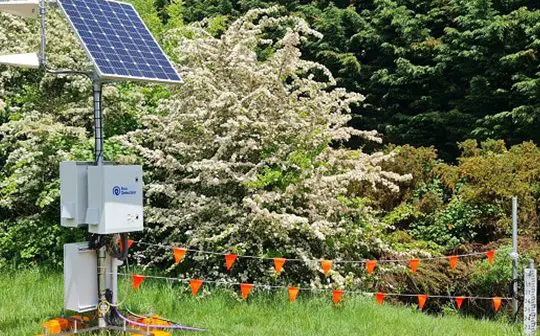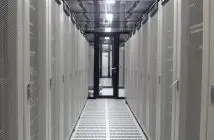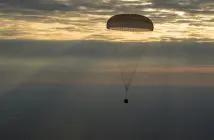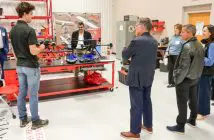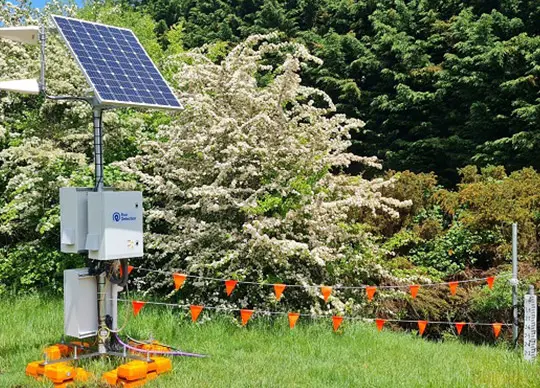
SmartSat Cooperative Research Centre (CRC) has unveiled the first four projects under the SmartSat Victoria Node – representing a AU$1.1 million investment which takes the total investment to date by SmartSat Nodes and State governments to over AU$10 million.
Launched in 2022 in partnership with the Victorian Government and RMIT University, the SmartSat Victoria Node aims to accelerate growth and build sovereign capability within the space innovation ecosystem of Victoria.
It is the latest in a network of SmartSat Nodes in New South Wales, Queensland, and Victoria.
SmartSat Nodes help businesses undertake space R&D by supporting industry-led projects with the potential for commercialisation.
Projects funded by the AU$10 million investment through SmartSat Nodes include the development of radiation-tolerant space solar cells (NSW Node), and the use of drone imagery and analytics to monitor coasts, landcover and wetlands (Queensland Earth Observation Hub).
The four Victorian projects were selected based on their tangible solutions to real-world problems and had a clear end-use:
- tracking satellites and space debris
- maintaining waterway health
- improving global weather forecasts
- enriching the quality and speed of spatial data used in applications such as planning of infrastructure, land management and disaster response
SmartSat Victoria Node Director, Professor Brian Falzon, says the Node is committed to supporting space research and development in the state.
“Australia’s fast-emerging space sector offers a rich opportunity for Victoria. It is positioned to play a leading role in our nation’s space industry, thanks to our state’s strong skills and resources. By bridging the gap between research and industry, projects such as these points the way to our space sector’s future. We’re delighted to support projects that have massive potential to reshape the industry and position our state at the forefront of space technology.”
CEO of SmartSat CRC, Professor Andy Koronios, says that SmartSat Nodes help match businesses interested in space services with Australian R&D capacity and support projects demonstrating innovative new technologies to commercialise.
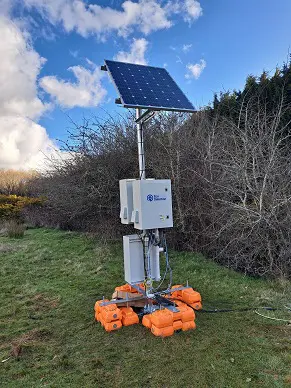 “We’re very excited by these four projects and the opportunity to advance them, thanks to the Victorian Government and our industry partners. Only by bringing together the best of Australian research with industry can we realise the space sector’s growth opportunity.”
“We’re very excited by these four projects and the opportunity to advance them, thanks to the Victorian Government and our industry partners. Only by bringing together the best of Australian research with industry can we realise the space sector’s growth opportunity.”
“Projects such as these plant the seeds of space technology innovation and will be instrumental in helping Australia build a viable space sector. Through SmartSat Nodes, we aim to build the capability of businesses providing access to space and space-based services and help them validate prototype technologies and algorithms to make them commercial-ready,” Professor Koronios says.
Each SmartSat Node offers ongoing project calls for grant programs. For further information about funding and project opportunities, visit the NSW, Victoria and Queensland State Government Pavilions at the Avalon Airshow 2023 from 28 February to 5 March.
Victoria Node Projects
PROJECT 1: Advanced Cooperative Tasking and Intelligent Visualisation Environment for Space Domain Awareness (ACTIVE-SDA)
In partnership with CGI, RMIT University and Swinburne University of Technology, this project aims to investigate how artificial intelligence and advanced data visualisation techniques can boost Space Domain Awareness (SDA) technology which tracks and predicts the motion of satellites and space debris in Earth orbit.
PROJECT 2: Real-time Online Nutrient Analyser with Adaptive Sampling and Predictive Modelling
In collaboration with La Trobe University, this Victoria-based Eco Detection project has developed a remote nutrient analysis system to provide real-time laboratory-grade analysis of waterway nutrient levels. See: Home – Eco Detection
PROJECT 3: HYMS Hyperspectral Microwave Sounder
In conjunction with ESS Earth Sciences and Swinburne University of Technology, this project aims to improve global weather forecasts by developing an advanced, multi-channel, ground-based microwave Sounder to provide high-resolution radiance observations and atmospheric temperature and water profiles.
PROJECT 4: Investigation into space-based data streams for updating and enriching Victoria’s Foundation Spatial Data
This project will investigate the opportunity to combine space-based data streams with advanced spatial data fusion and machine learning techniques to increase the quality and speed of maintaining and enriching Victoria’s spatial data while reducing the ongoing cost.

